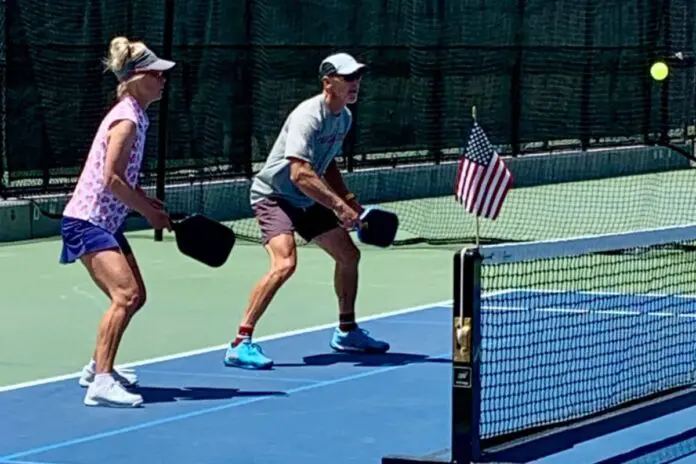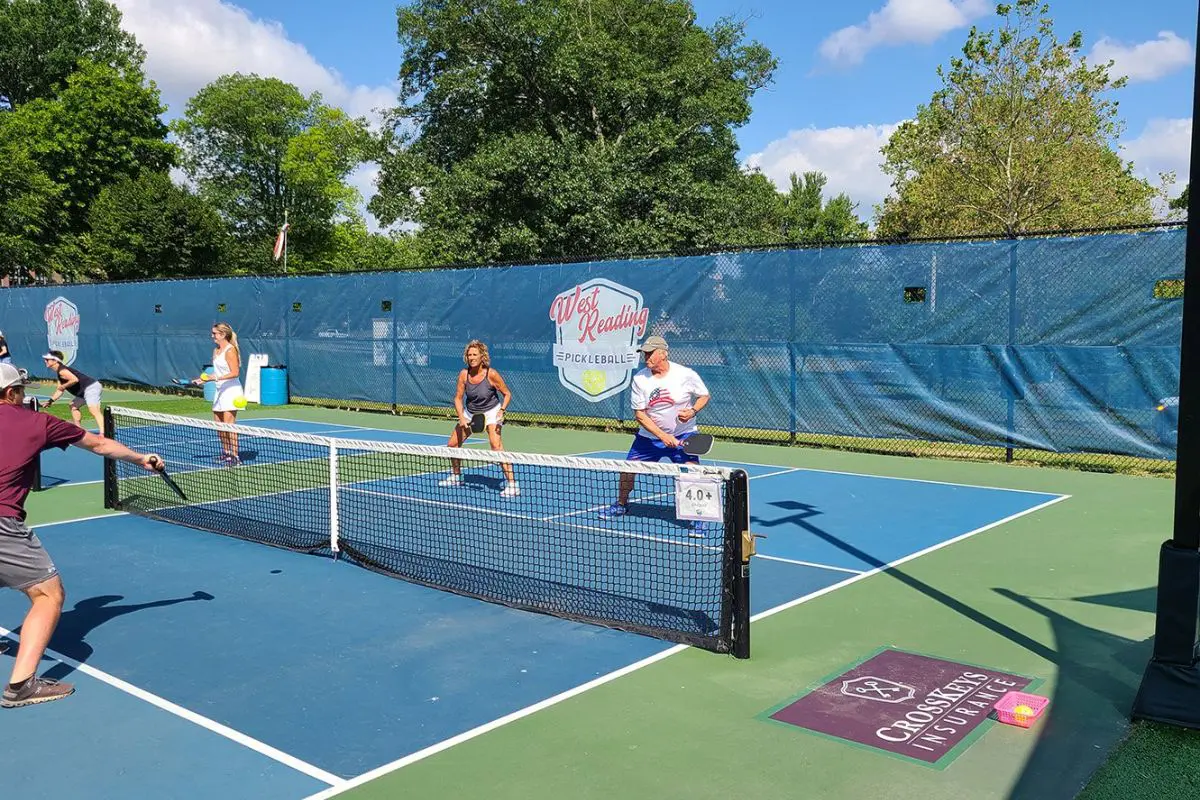Pickleballs Serving Controversy: In the world of pickleball, a key debate has emerged: should the serving rules be changed? The latest buzz centers on the Professional Pickleball Association (PPA) potentially introducing a new line on the court, roughly four or five feet inside the baseline. Serves crossing this line, even if within the baseline, would be deemed faults. As this discussion gains momentum, it’s crucial to examine the current rules, the issues they present, and the pros and cons of potential changes.
Problems with the Current Serving Rule
Under existing rules, serves must be underhand, either off the volley or bounce. For volleyed serves, the ball must be struck below the waist, and the paddle must be below the wrist. However, these rules often spark disputes, particularly regarding whether the ball was struck below the waist on a volleyed serve.
While pros receive one warning for a violation, subsequent infractions result in point penalties—a severe consequence. The fast pace of the serve, combined with the narrow margin for error, makes these violations difficult to call. Referees are hesitant to impose point penalties, leading to tensions when opponents believe uncalled violations continue.
Another concern is that as serves become more powerful, the traditional balance of power in pickleball—where the advantage lies with the receiver—shifts toward the server. This shift threatens the fundamental dynamics of the game.
Additionally, faster serves require more space behind the baseline for returns, which many courts, especially public ones, lack. At PPA events, players often find themselves pressed against scoreboards or fences, raising safety and fairness issues.
The Proposal to Draw a New Line
One proposed solution is to draw a service fault line four or five feet inside the baseline, designed to slow down serves by limiting their depth. This would allow players to move closer to the baseline, potentially addressing the power imbalance and space issues. However, it wouldn’t simplify refereeing volley serves, as players might still push the limits of the rules.
Implementing this change would also require repainting courts, and there’s the question of whether amateurs would adopt the new line. Historically, pickleball has maintained consistent rules across all levels of play, much like golf has struggled with equipment disparities between pros and amateurs.
A Second Proposal to Address the Issues
Another option is to eliminate the volley serve, requiring players to serve by bouncing the ball first. This approach would resolve all three perceived issues: it simplifies refereeing, generally slows down the serve, and eliminates the need for extra space behind the baseline. With a drop serve, there’s no ambiguity about paddle position or striking height, making it easier for referees to enforce the rules.
News in Brief: Pickleballs Serving Controversy
The debate over pickleball’s serving rules has heated up, with the PPA considering a rule change to slow down powerful serves. The proposed change involves adding a service fault line inside the baseline, with serves crossing it deemed faults. Critics argue this could complicate play, especially for amateurs.
An alternative solution suggests banning the volley serve altogether, requiring players to drop-serve, which could simplify enforcement and maintain fairness. As serve speeds increase, these proposals aim to preserve the traditional dynamics of the game, where the receiver holds the advantage.
ALSO READ: Torch Run Pickleball Tournament in Glendale: Support a Cause

